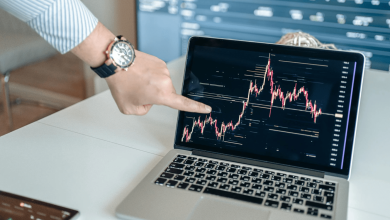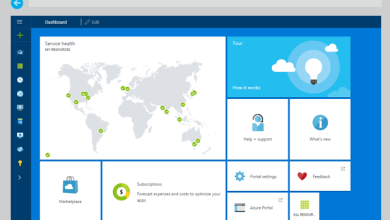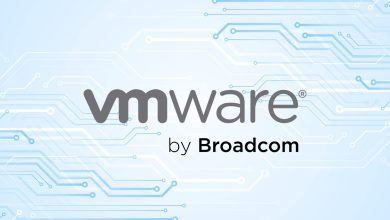Insights in the Enterprise Security Domain

Fabian Schramke, Sr. Director Security Engineering and Operations, Newrez LLC
Fabian Schramke, Sr. Director Security Engineering and Operations, Newrez LLC
In an era dominated by digital advancements and evolving cyber threats, enterprises face a myriad of challenges to safeguard their sensitive information and maintain robust cybersecurity measures. As the technological landscape continues to expand, so does the complexity of security risks. Let’s dive into my key insights in the Enterprise Security domain, exploring strategies, emerging trends, and the imperative for organizations to adapt to ever-evolving threats.
One of the primary challenges in Enterprise Security is the increasing sophistication of cyber threats. As technology advances, so do the tactics employed by malicious actors. From sophisticated phishing schemes to ransomware attacks, enterprises must adopt a proactive approach to stay one step ahead. A critical insight in this domain is the recognition that security is not a one-time investment but an ongoing process that requires constant vigilance and adaptation.
With the proliferation of remote work brought on by global events, the attack surface for enterprises has expanded exponentially. Traditional security models centered around office perimeters are no longer sufficient. Organizations must embrace a Zero Trust Security model, where trust is never assumed, and verification is a constant requirement. This shift in mindset is a crucial insight, highlighting the need for comprehensive security measures extending beyond a physical office’s confines.
Moreover, the convergence of technologies such as cloud computing, IoT (Internet of Things), and AI (Artificial Intelligence) presents both opportunities and challenges. The insight here lies in integrating these technologies into a cohesive security strategy. Cloud-based security solutions offer scalability and flexibility, but their implementation requires meticulous planning to ensure data integrity and compliance. Similarly, leveraging AI for threat detection and analysis can enhance a company’s security posture, but it also demands a nuanced understanding of its capabilities and limitations.
 By staying informed and agile, organizations can protect their assets and contribute to the enterprise ecosystem’s collective resilience
By staying informed and agile, organizations can protect their assets and contribute to the enterprise ecosystem’s collective resilience
Compliance becomes a critical aspect of enterprise security as the regulatory landscape evolves. Insights in this domain emphasize the need for a comprehensive understanding of regional and industry-specific regulations. Non-compliance exposes enterprises to legal repercussions and jeopardizes their reputation and customer trust. Thus, enterprises must view compliance as an integral part of their security strategy, aligning it with broader business goals.
Collaboration and information sharing within the industry are essential to effective Enterprise Security. The insight here is the acknowledgment that no organization is an island. Threat intelligence sharing, participation in industry forums, and collaborative efforts to address common vulnerabilities empower enterprises to collectively strengthen their defenses. This interconnected approach fosters a sense of community resilience against cyber threats.
Insights in the Enterprise Security domain underscore the dynamic nature of cybersecurity and the need for a holistic and adaptive approach. As enterprises navigate the ever-changing landscape of cyber threats, embracing a proactive mindset, adopting a Zero Trust Security model, integrating emerging technologies, prioritizing compliance, and fostering industry collaboration are pivotal strategies. By staying informed and agile, organizations can protect their assets and contribute to the enterprise ecosystem’s collective resilience. In the face of evolving challenges, these insights serve as beacons, guiding enterprises toward a secure and resilient future.




